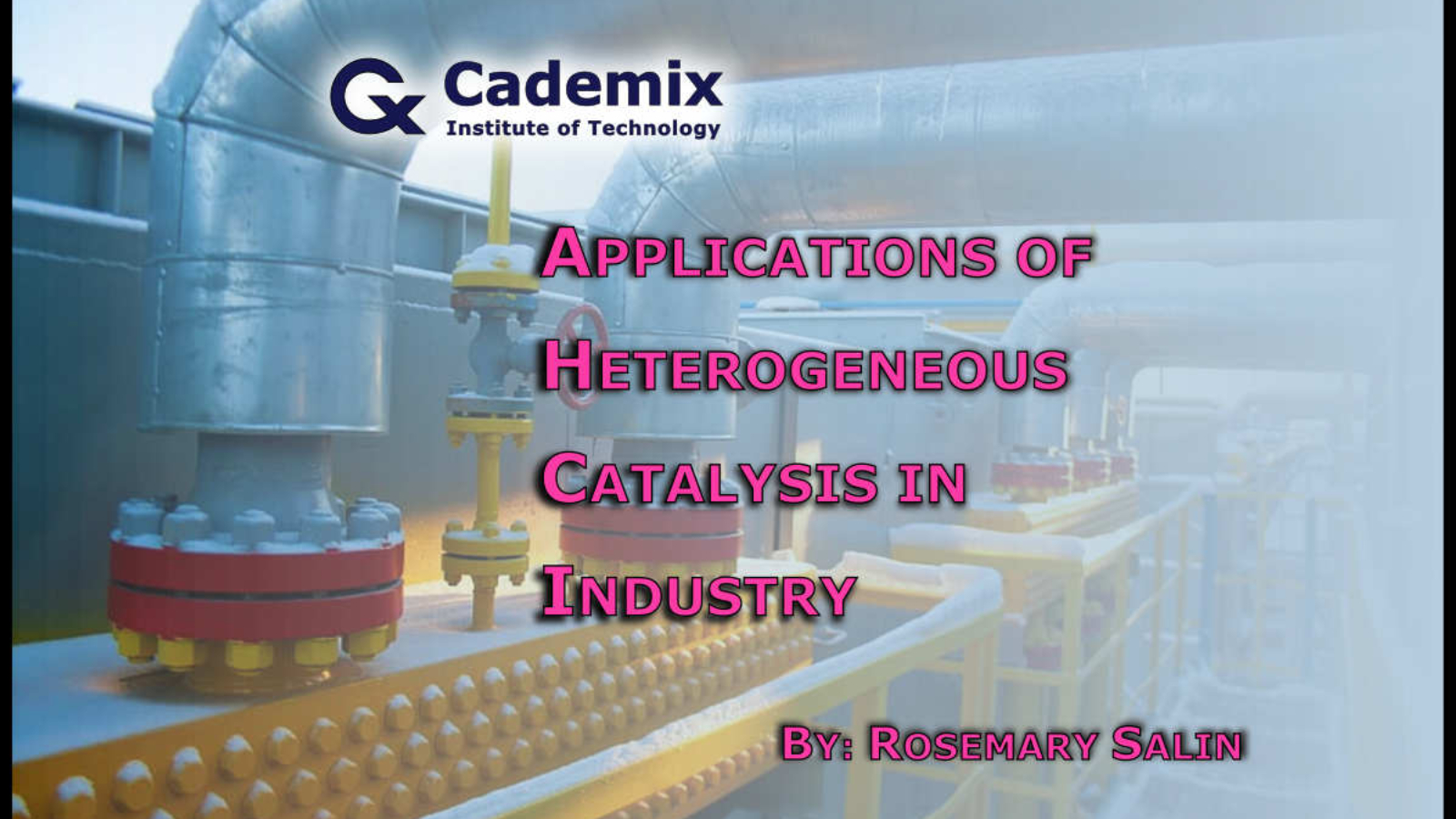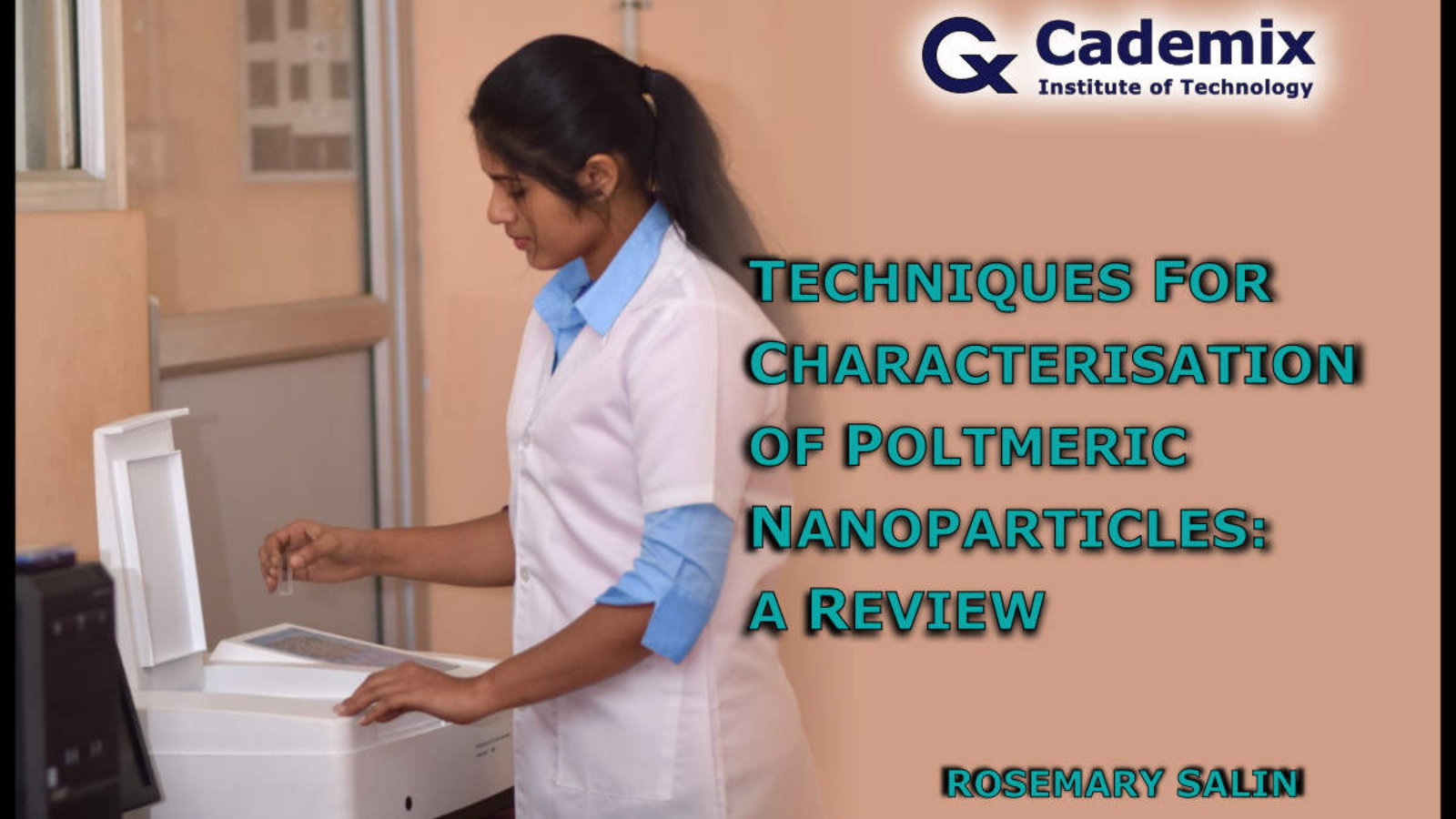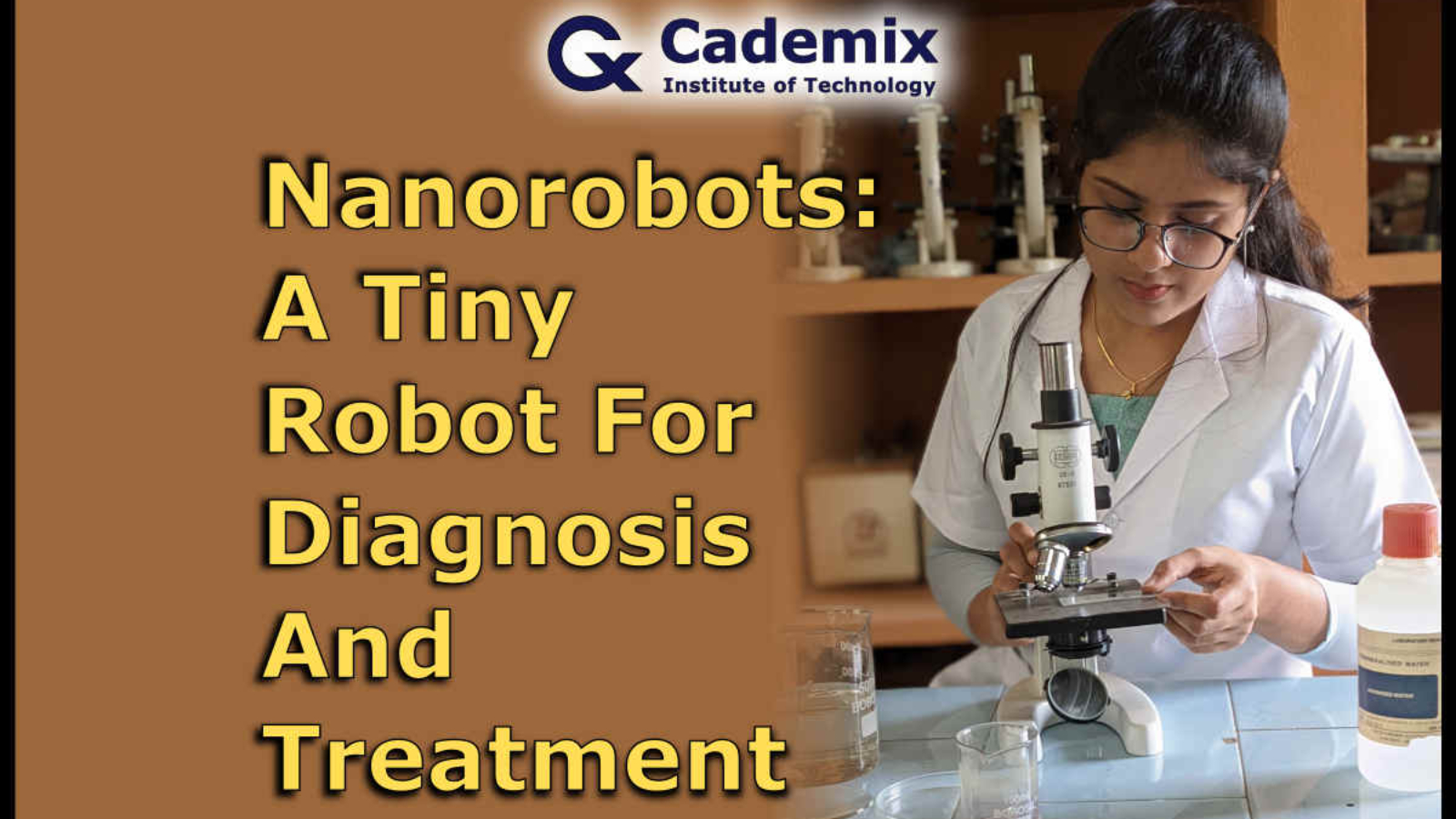Estimated Reading Time: 9 minutes In this article we will review heterogeneous catalysis and its applications in chemical industry. Catalysis is the phenomenon in which a material known as the catalyst speeds up the pace of a chemical process. The majority of catalytic reactions are heterogeneous. Heterogeneous catalysts have intrinsic benefits over homogeneous catalysts. It is due to their ease of production, handling, separation from the reaction mixture, recovery, and reuse, as well as their stability, low cost, and low toxicity. This review will assist you in gaining fundamental knowledge of heterogeneous catalysis.
Arduino-Based Study on the Effect of Different Parameters on Cooling of Water
Estimated Reading Time: 11 minutes This is another another Arduino-based project that studies the effects of different parameters on cooling of water. A DS18B20 waterproof temperature sensor was used to monitor the temperature of hot water that was allowed to cool. This is used to take temperature readings for cooling water at various room temperatures, mug sizes, and mug materials. Using arduino-based temperature monitoring, this article investigates the influence of these parameters on cooling.
Techniques for Characterisation of Polymeric Nanoparticles: A Review
Estimated Reading Time: 12 minutes This review article discusses the various analytical techniques for the characterisation of Polymeric Nanoparticles (PNPs). Because of their distinctive qualities, they have gained a lot of attention in recent years. As a result, knowing their properties is important. In fact, a range of analytical techniques are used to investigate these features. It includes microscopic, spectroscopic, light scattering, and diffraction techniques. This article will provide you with a review of these characterisation methods and how they are used to study the properties of PNPs.
Nanorobots: A Tiny Robot For Diagnosis And Treatment
Estimated Reading Time: 12 minutes Nanorobotics is a branch of nanotechnology. It is all about creating molecular devices, called nanorobots. Nanorobots are devices built up entirely of nanoscale components. With today’s scientific capabilities, it is now feasible to create nanorobotic devices and connect them with the macro world for control. These devices have a variety of biomedical applications. They are useful in the targeted drug delivery. Furthermore, they may aid in the diagnosis and treatment of high-risk illnesses in the future. They are applicable in cancer treatment, biosensing, medical surgery, and so on. Moreover, they can mimic certain biological counter parts and act as artificial oxygen carriers, cell repairing device, blood clotting device, and so on. This article will help you to gain basic idea about nanorobots and their biomedical applications.
European Union Chemical Regulations – A Review
Estimated Reading Time: 13 minutes Effective chemical regulations enable companies and consumers to utilise chemicals more safely. REACH, CLP, BPR, POPs, and PIC regulation are some important European Union chemical regulations. . This article will highlight the important European Union chemical regulations, and what job seekers should know about it.
Chemistry Lab Skills and Various Strategies for Developing Them
Estimated Reading Time: 9 minutes Chemistry lab skills are the ability to execute specific tasks in the laboratory. Hence, certain set of skills are necessary for the good performance in a chemistry lab. They are, safe laboratory practices, experimental skills, proper handling of laboratory equipment, analytical techniques, scientific writing and record-keeping, critical thinking, and problem-solving skills. This article discusses the critical laboratory skills that a chemist must possess, as well as some tips on how to improve them.






